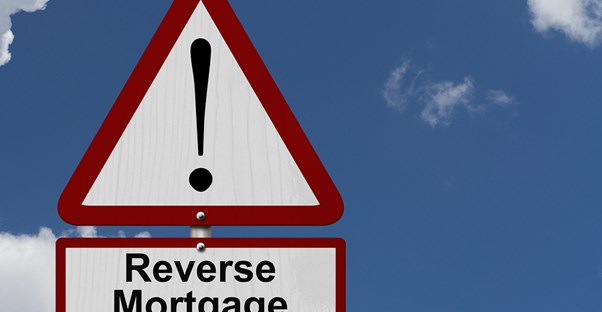For a lot of seniors, a reverse mortgage is an excellent method to improving their financial situation during retirement. Reverse Mortgages are providing enhanced financial security, an improved lifestyle, and monetary aid to hundreds of older Americans. However, there are a number of disadvantages. Some of the disadvantages of a reverse mortgage are:
-
Rapidly Growing Interest
Borrowers don’t make monthly payments on a reverse mortgage. Therefore, the interest is adding to the loan amount. As a result, the amount borrowed will increase quite a bit over time. Since no payments are made, the amount of interest will grow faster than a traditional home loan, however the total amount owed on the loan will not ever surpass the value of what the home is worth. Interest is compounded on a reverse mortgage, and it cannot be deducted from taxes until it has been paid. Reverse mortgages may also have variable interest charges that move up and down with the market.
-
High costs
The up-front fees (closing cost, insurance fees, and origination charges) to get a reverse mortgage are considered very high by most lenders. However, the fees can be funded by the reverse mortgage, so nothing has to be paid out of pocket. Because reverse mortgages do not have with income requirements, borrowers pay greater charges and interest on these loans. The anticipated loan amount vs. the actual loan amount could differ significantly when all is said and done. The amount a borrower actually receives might be much lower than expected because reverse mortgages are notoriously expensive.
-
It’s Complicated
A reverse mortgage is a mortgage, but it’s backwards. With a conventional mortgage, a borrower receives the cash up front and pays the loan down over time. A reverse mortgage is different. A borrower collects the money over time and pays it all back at once when the borrower is no longer residing in the house. The basic principles of reverse mortgages can seem strange to some people, which can lead to mistakes like blindly trusting your lender or not asking enough questions throughout the lending process.
-
Reduced Inheritance For Loved Ones
Another disadvantage is that borrowers cannot pass on their home to children or relatives unless the reverse mortgage is paid back. If someone wants to leave his or her home as an inheritance, then a reverse mortgage may not be a good option. When the homeowner dies, the house must either be sold or the mortgage has to be paid back by the heirs. Because the heirs will have to satisfy the loan prior to taking possession of the property, the inheritance could potentially present a financial hardship rather than a gift.
-
Ineligible for Benefits
What many people do not know is that Medicaid and SSI considers mortgage loans as "liquid assets" for any amount received beyond the initial month. Borrowers may find themselves ineligible for these State benefits. Check with your lender as they will know more about helping you navigate your benefit eligibility.
Before acquiring a reverse mortgage, it is important not only consider the advantages but also the disadvantages. In some cases, a traditional loan or personal loan may be far more beneficial than a reverse mortgage.





